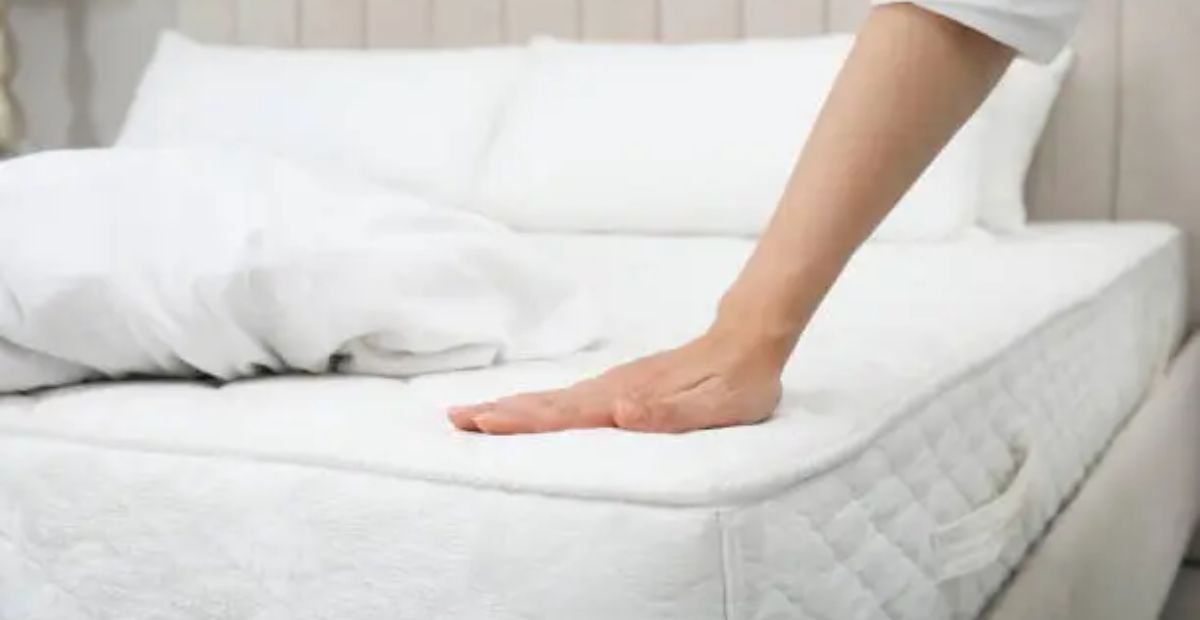How to Keep Your Mattress Soft Over Time

The initial experience of resting on a new soft mattress creates the perfect peaceful surface, which gives a cloud-like sensation. Time causes the comforting experience to disappear. Different elements, including natural deterioration and body weight, together with room humidity, impact the feel and operational state of your mattress. Mattress maintenance requires proper care because insufficient attention leads to the loss of initial softness, which affects sleep comfort.
You will easily notice changes in the surface of a pillow-top mattress if you own one. The extra comfort features of these mattresses need specific care to keep their plush appearance. An appropriate routine will help you take care of mattress comfort over long durations that are more than the six-month span available in the market.
Many manufacturers in UK, like Sonno Beds, often advise that regular care, paired with the right bed base, can extend the softness and overall feel of a mattress far beyond the average wear cycle.
How can a mattress become less soft?
A basic procedure to ensure the quality of mattresses is to first identify the causes behind changes that occur over time.
● Daily Use In The Same Spots
Individuals tend to sleep in one position every night, thus causing repetitive pressure on some parts. This can create dips or firmness where there once was softness.
● Lack Of Rotation
Rotating the mattress spreads out wear more evenly. Skipping this step concentrates pressure and shortens the life of the top layer.
● Inadequate Support From The Base
An old bed frame may drag the mattress out of shape. This, in the long term, affects the feel and performance of the top layer.
● Heat And Moisture Buildup
Sleeping bodies create both heat and moisture that damages internal materials. A moisture-trapped mattress that lacks ventilation may eventually cause the surface to stiffen up or alter the rate of flattening.
How can you maintain your mattress’s softness?
There are also a number of simple routines that keep the mattress soft as well as prolong its functionality.
● Regularly Rotate The Mattress
A mattress needs regular turning between its head and foot positions every few months to prevent specific wear spots from forming. Regular rotation of a mattress becomes essential when two people share the bed because it helps balance the weight distribution between its sides.
● Use A Soft, Breathable Mattress Protector
Mattress protectors work to keep sweat as well as dust, and spills away from the mattress while remaining soft to the touch. Select a mattress protector that consists of cotton or a similar soft material which allows air circulation.
● Vacuum The Surface Once A Month
The upper part of a mattress is where dust falls and where the allergens settle. Routine vacuum cleaning with a soft-brush is useful to make sure about a fresh and supportable surface of the mattress.
● Air It Out Occasionally
Occasionally, remove the bed linen for a few hours every month to air the mattress. Open a window when you have a chance; this will aid in air circulation to prevent moisture.
The Role Of Bed Frames And Bases
Your bed frame contributes significantly to maintaining comfort. A good mattress on a poor base won’t stay soft for long.
● Check For Even Support
Make sure your frame isn’t sagging or missing slats. The spacing used and a solid construction serve to distribute equal pressure on the mattress.
● Slats vs Solid Bases
Although both can be used, the slatted bases provide airflow, and this is effective in heat and moisture management. Only make sure that the slats are at a distance so that they support the mattress well.
How to Maintain Softer Habits
Alongside cleaning and turning the mattress out, there are minor daily preferences to avoid damaging the mattress surface.
● Do not Sit On The Edge Too Much
The edges aren’t made to support full body weight repeatedly. Try not to sit in the same spot while getting dressed or tying your shoes.
● Distribute Sleep Position When Possible
If you tend to sleep in the same spot, shift occasionally. This isn’t always easy, but even a slight change can help prevent dips in specific areas.
What Are the Signs That Demand a Mattress Replacement
You need to recognise the early signs of mattress softness deterioration.
● You Wake Up Stiff Or Sore
Pain in your back or shoulders during morning wake-up suggests that your mattress has lost its ability to provide sufficient cushioning support.
● The Surface Feels Flat Or Uneven
Run your hand across the bed. When you find any dips, lumps, or stiffened spots, then you may rotate or check the frame underneath.
● You’re Not Sleeping Comfortable
If you are shifting and turning during your sleep, it may be caused by an uncomfortable mattress.
Conclusion
Regular mattress replacement is not necessary to maintain comfortable sleep, since proper care will do. You can maintain the fresh feeling of pillow top mattresses through basic care routines without discarding them every few years. Proper base selection, routine rotation and periodical ventilation of the mattress will safeguard structural materials and preserve the plush surface.
It is all about doing little but constant things to make a huge difference. And as long as your mattress remains soft, your sleep remains sound, night after night.
If you need more information, click on this link.




